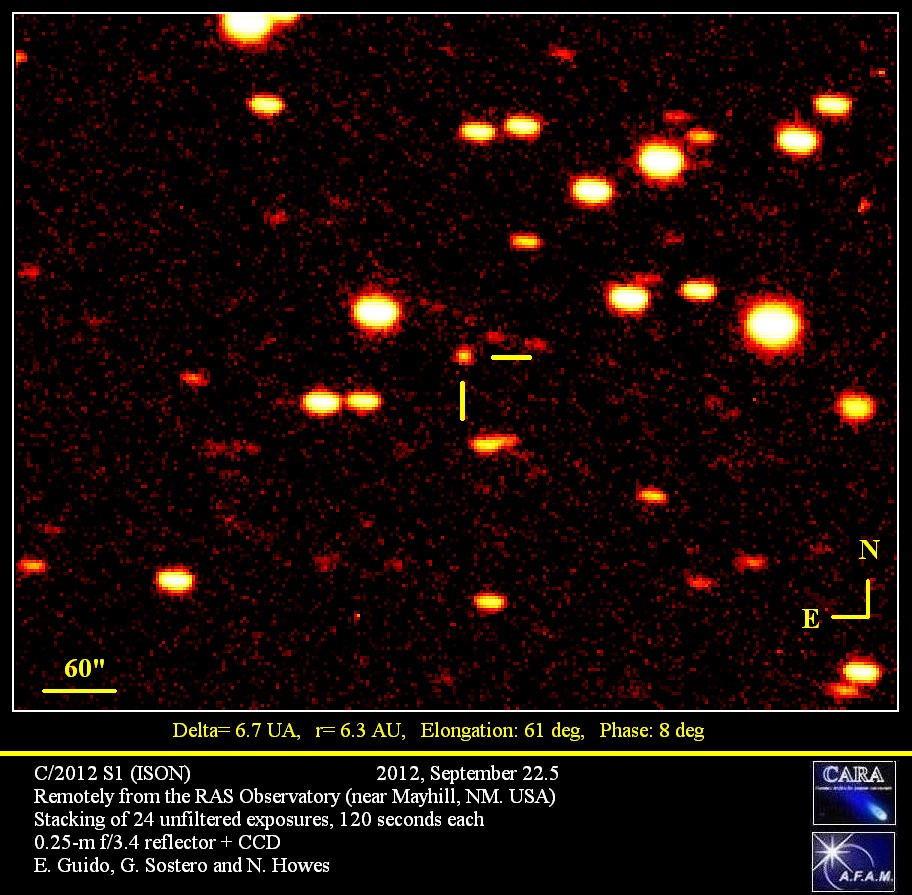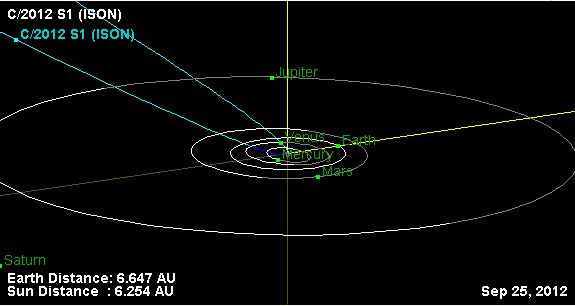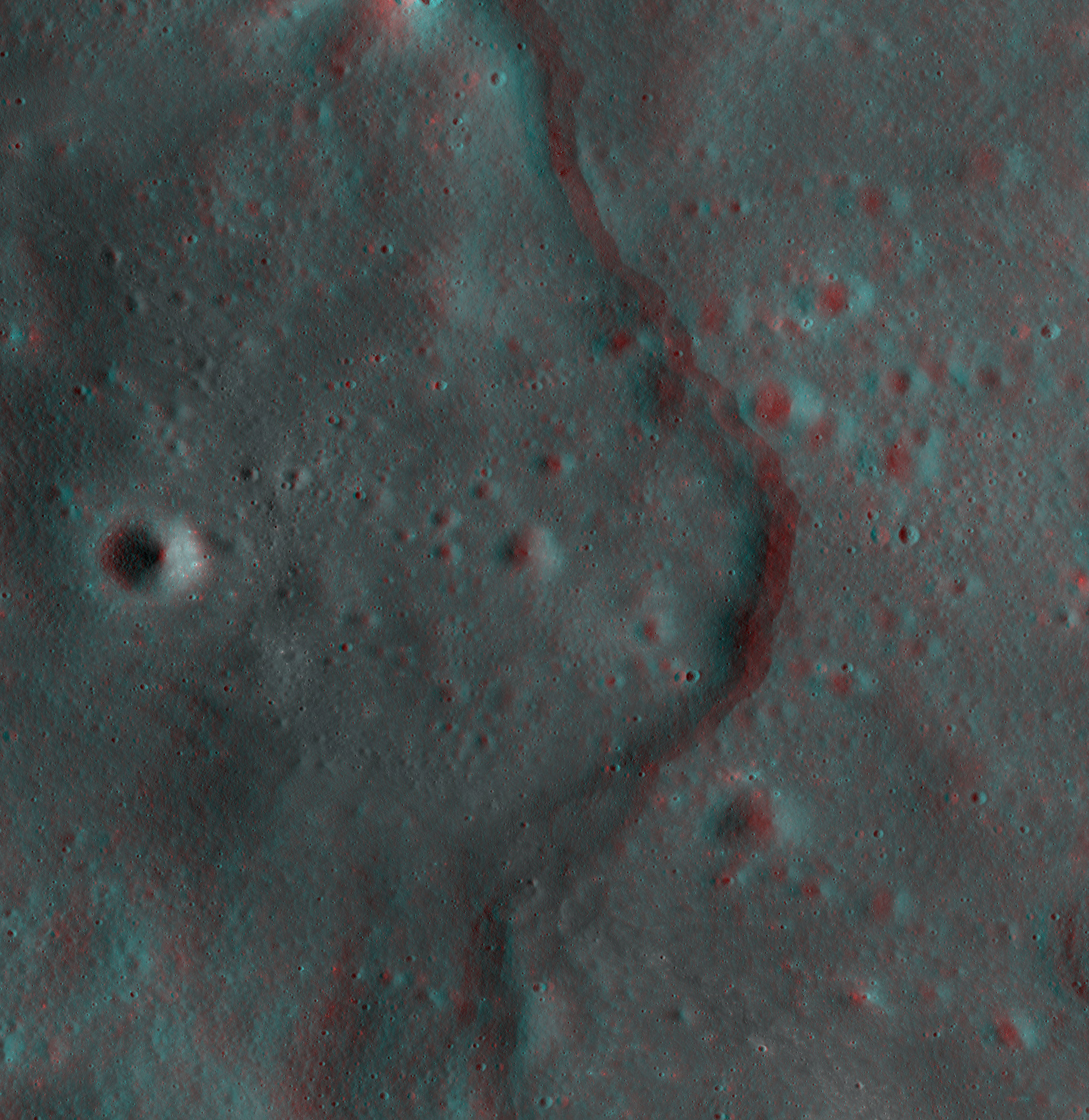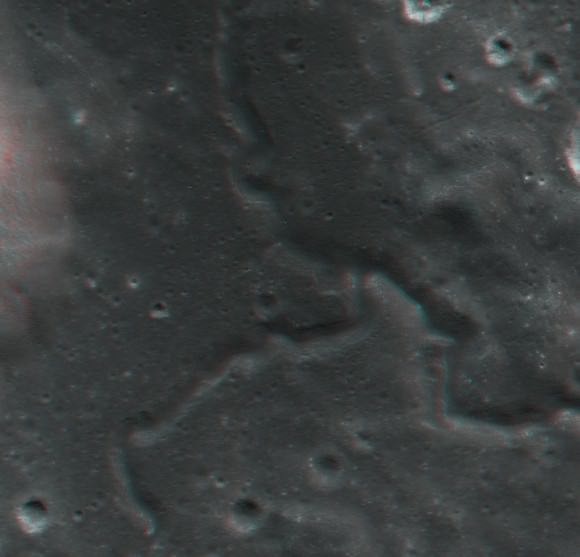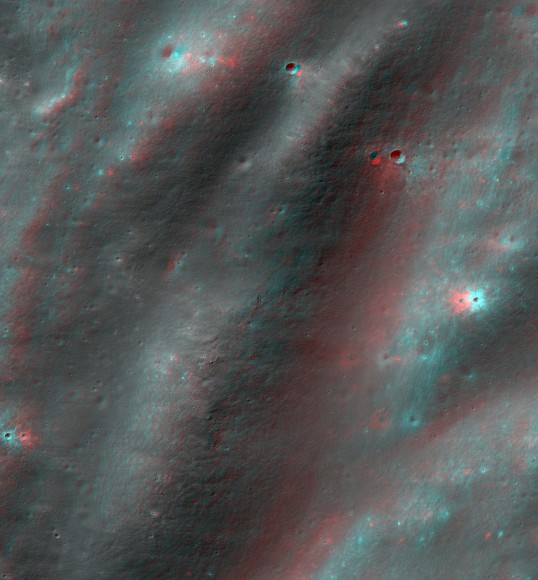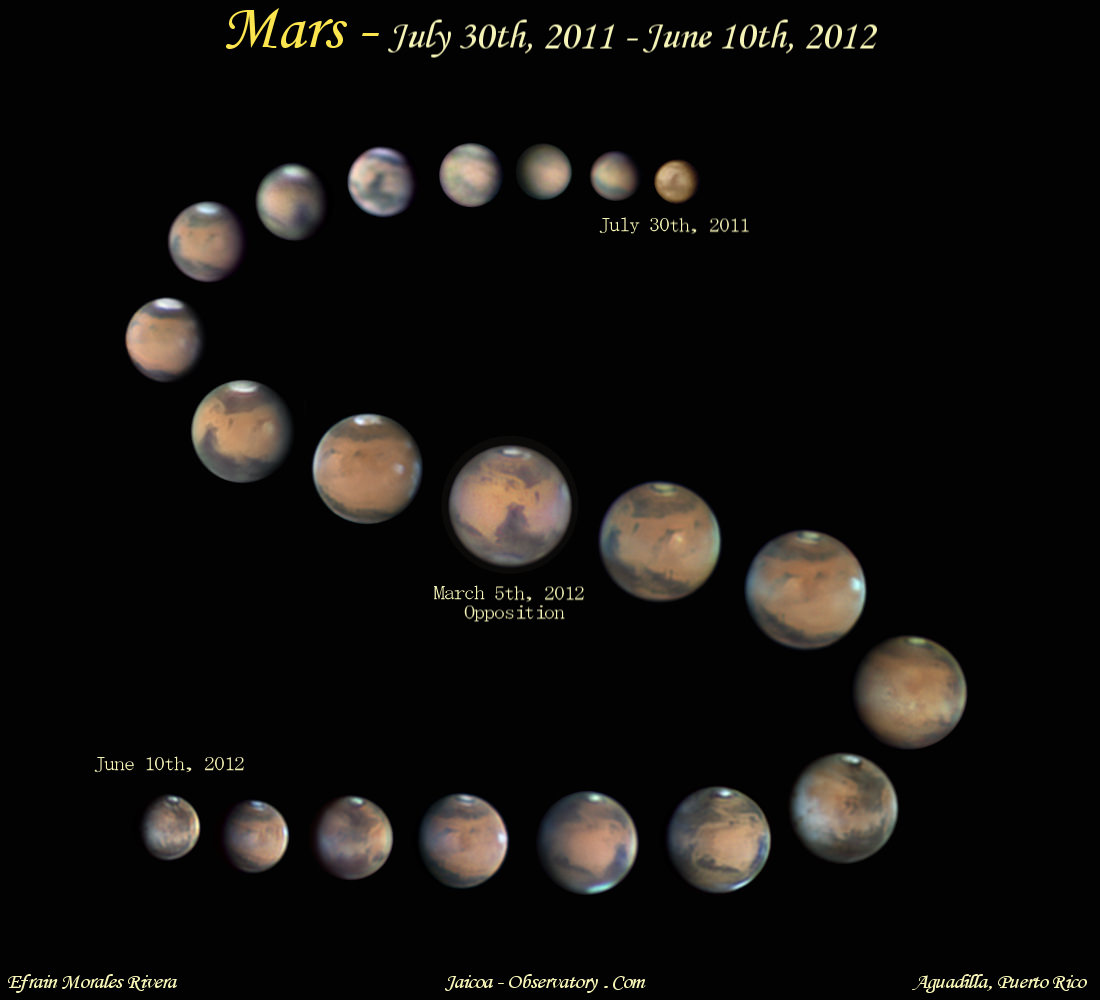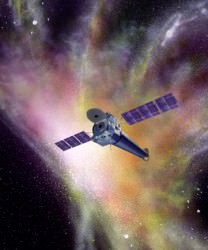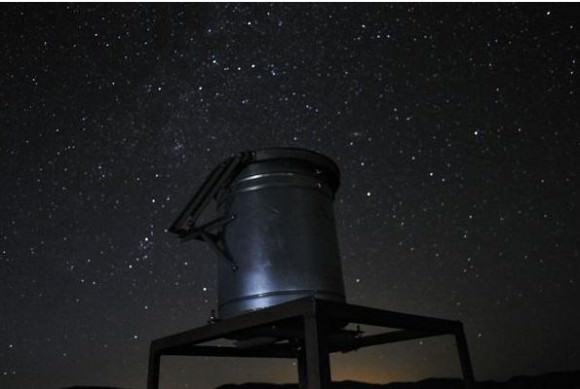Just one of several weather stations set up at Chott El Jerid, a Tunisian saltpan, measuring temperature, humidity, ultraviolet radiation, wind direction and velocity. Image credit: Felipe Goméz/Europlanet
From orbit and on the ground, Mars looks inhospitable. But it doesn’t look much different than the freezing Antarctic plains, sun-baked saltpans in Tunisia or Spain’s corrosively acidic Rio Tinto, according to a few explorers from the Centro de Astrobiología (CAB) in Madrid, who today presented some of their findings of life during a press conference at the European Planetary Science Congress.
The biggest difference, however, is that life still thrives in these extreme locales on Earth.
“The big questions are: what is life, how can we define it and what the requirements for supporting life?” asks project leader Dr. Felipe Goméz. “To understand the results we receive back from missions like Curiosity, we need to have detailed knowledge of similar environments on Earth. Metabolic diversity on Earth is huge. We have found a range of complex chemical processes that allow life to survive in unexpected places.”
Over the past four years, Goméz and his colleagues have checked Earth’s most inhospitable locales; the Chott el Jerid saltpan in Tunisia, the Atacama Desert in Chile, Rio Tinto in southern Spain and Deception Island in Antarctica.
While visiting Chott el Jerid, the team tracked huge changes in environmental conditions throughout the day but it was a small rise in surface temperature after dusk that caught their eye. “We found that this is caused by water condensing on the surface and hydrating salts which releases heat in an exothermic reaction,” he said in the press release. This is very interesting from the perspective of the REMS instrument on Curiosity — it gives us away to follow when liquid water might be present on the surface.”
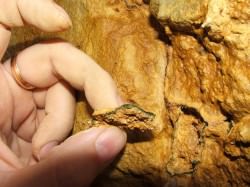 The team also built a three-dimensional picture of the subsurface in the saltpan by measuring the electrical properties of the soil. While drilling several meters into the subsurface at Chott el Jerid and in the Atacama Desert, researchers found bacteria at depth that was completely isolated from the surface. The researchers found not only bacteria, but also single-celled halophilic organisms that are able to oxidize metabolites under both aerobic and anaerobic conditions.
The team also built a three-dimensional picture of the subsurface in the saltpan by measuring the electrical properties of the soil. While drilling several meters into the subsurface at Chott el Jerid and in the Atacama Desert, researchers found bacteria at depth that was completely isolated from the surface. The researchers found not only bacteria, but also single-celled halophilic organisms that are able to oxidize metabolites under both aerobic and anaerobic conditions.
Along the surface of Chott El Jerid, which is made up of very pure sodium chloride with a trace of other salts, the team found small pieces of organic matter within the salt crystals. Once analyzed, they found populations of halophilic, salt-loving, dormant bacteria. In the laboratory, they were able to rehydrate the samples and bring the bacteria back to life, Goméz said.
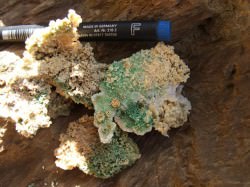 Another unexpected find occurred while studying outcrops of the mineral jarosite at Rio Tinto in Spain. Jarosite, found on the surface of Mars by the Mars Exploration Rover Opportunity, forms only in the presence of water that contains high concentrations of metals, such as iron. The outcrops at Rio Tinto also are extremely corrosive. Yet, sandwiched between layers in the salt crusts, the team found photosynthetic bacteria. Unexpectedly, iron in the salt crust seems to protect bacteria from ultraviolet radiation, Goméz said. Samples of bacteria with iron present were exposed with high levels of ultraviolet radiation. They survived while bacteria samples without iron were destroyed.
Another unexpected find occurred while studying outcrops of the mineral jarosite at Rio Tinto in Spain. Jarosite, found on the surface of Mars by the Mars Exploration Rover Opportunity, forms only in the presence of water that contains high concentrations of metals, such as iron. The outcrops at Rio Tinto also are extremely corrosive. Yet, sandwiched between layers in the salt crusts, the team found photosynthetic bacteria. Unexpectedly, iron in the salt crust seems to protect bacteria from ultraviolet radiation, Goméz said. Samples of bacteria with iron present were exposed with high levels of ultraviolet radiation. They survived while bacteria samples without iron were destroyed.
“What the bacteria we found in Rio Tinto show is that the presence of ferric compounds can actually protect life. This could mean that life formed earlier on Earth than we thought. These effects are also relevant for the formation of life on the surface of Mars,” says Goméz. The team also found that salt provides stable conditions that can allow life to survive in very hard environments.
“Within salts, the temperature and humidity are protected from fluctuations and the doses of ultraviolet radiation are very low,” explained Goméz. “In the laboratory, we placed populations of different bacteria between layers of salt a few millimetres thick and exposed them to Martian conditions. Nearly 100% of deinoccocus radiodurans, a hardy type of bacteria survived being irradiated. But fascinatingly, about 40% of acidithiobacillus ferrooxidans – a very fragile variety of bacteria – also survived when protected by a salt crust.”
The findings have implications not only for studying possible life on Mars, but also for the development of life on early Earth.
Source: European Planetary Science Congress (EPSC) 2012 Press Release
Image Details: Photosynthetic bacteria at Rio Tinto. Credit: Felipe Goméz
About the author: John Williams is owner of TerraZoom, a Colorado-based web development shop specializing in web mapping and online image zooms. He also writes the award-winning blog, StarryCritters, an interactive site devoted to looking at images from NASA’s Great Observatories and other sources in a different way. A former contributing editor for Final Frontier, his work has appeared in the Planetary Society Blog, Air & Space Smithsonian, Astronomy, Earth, MX Developer’s Journal, The Kansas City Star and many other newspapers and magazines. Follow John on Twitter @terrazoom

